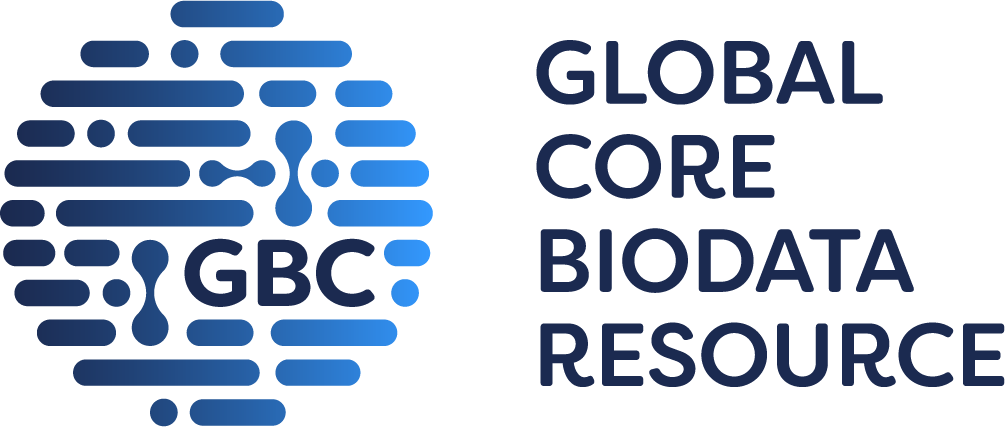cardiovascular system
|
• HFD-fed treated with VB124 (an SLC16A3/MCT4 inhibitor) show decreased atherosclerosis progression with a significant reduction in lipid content, necrotic core, atherosclerotic plaque area and mRNA expression of Itgam (integrin alpha M, aka Cd11b) in the plaque, but greater aortic collagen content than vehicle-treated HFD-fed mice
• after VB124 treatment, arteries of HFD-fed mice show a further elevation of the lactylation modifier EP300 (E1A binding protein p300), pan-lysine lactylation (Pan Kla), and H3 lysine 18 lactylation (H3K18la) with increased macrophage H3K18la in the aortic root relative to vehicle-treated HFD-fed mice
• arteries from VB124-treated HFD-fed mice show decreased mRNA expression of proinflammatory genes and increased mRNA expression of anti-inflammatory genes relative to vehicle-treated HFD-fed mice
• similarly, after treatment with MD-43 (a potent and selective degrader of SLC16A3/MCT4), HFD-fed mice show decreased atherosclerosis progression with a significantly reduced lipid content, necrotic core, atherosclerotic plaque area and Itgam mRNA expression in the plaque, but greater aortic collagen content than vehicle-treated HFD-fed mice
• arteries from MD-43-treated HFD-fed mice show increased expression of p300 and H3K18la along with downregulation of proinflammatory and glycolysis genes and upregulation of anti-inflammatory and TCA cycle genes
|
|
• after treatment with VB124 plus C646 (an EP300 inhibitor), HFD-fed mice show a significant increase in atherosclerotic plaque area along with reduced expression of H3K18la and reparative genes, and decreased enrichment of H3K18la at the reparative gene promoters, indicating that SLC16A3/MCT4-mediated H3K18la via p300 protects against atherosclerosis
• similarly, after treatment with MD-43 plus C646, HFD-fed mice show a significantly increased plaque area, decreased expression of H3K18la and reparative genes, and reduced enrichment of H3K18la at the reparative gene promoters
|
|
• mice fed a high fat diet (HFD) for 8 or 12 weeks show significantly higher protein levels of SLC16A3 (solute carrier family 16 member 3; also known as monocarboxylate transporter 4, MCT4) in aortic samples than chow-fed mice; mRNA expression of Slc16a3/Mct4 in the aorta of HFD-fed mice is increased in a time-dependent manner
• immunofluorescence staining of SLC16A3/MCT4 with macrophage marker F4/80 in the aortic root of HFD-fed mice shows that SLC16A3/MCT4 is highly expressed in macrophages during atherosclerosis
|
cellular
|
• after treatment with either VB124 or MD-43, arteries from HFD-fed mice show decreased mRNA expression of glycolysis genes relative to arteries from vehicle-treated HFD-fed mice
|
|
• after treatment with either VB124 or MD-43, arteries from HFD-fed mice show increased mRNA expression of tricarboxylic acid (TCA) cycle genes relative to arteries from vehicle-treated HFD-fed mice
|
|
• after VB124 treatment, bone marrow-derived macrophages (BMDMs) from HFD-fed mice show a significant increase in the enrichment of H3 lysine 18 lactylation (H3K18la) at the promoters of reparative genes, including anti-inflammatory genes and TCA cycle genes (Arg1, Il10, Mrc1, Tgfb1, Pdha1, Idh2, Sdha, and Fh1) relative to BMDMs from vehicle-treated HFD-fed mice
• after treatment with either VB124 plus C646 or MD-43 plus C646, BMDMs from HFD-fed mice show a significant reduction in the enrichment of H3K18la at macrophage reparative gene promoters
|
homeostasis/metabolism
| N |
• HFD-fed mice treated with either VB124 (an SLC16A3/MCT4 inhibitor) or MD-43 (a potent and selective degrader of SLC16A3/MCT4 via the UPS pathway) show normal plasma lipoprotein (triglyceride, total cholesterol, HDL- and LDL cholesterol) levels relative to vehicle-treated HFD-fed mice
|



 Analysis Tools
Analysis Tools